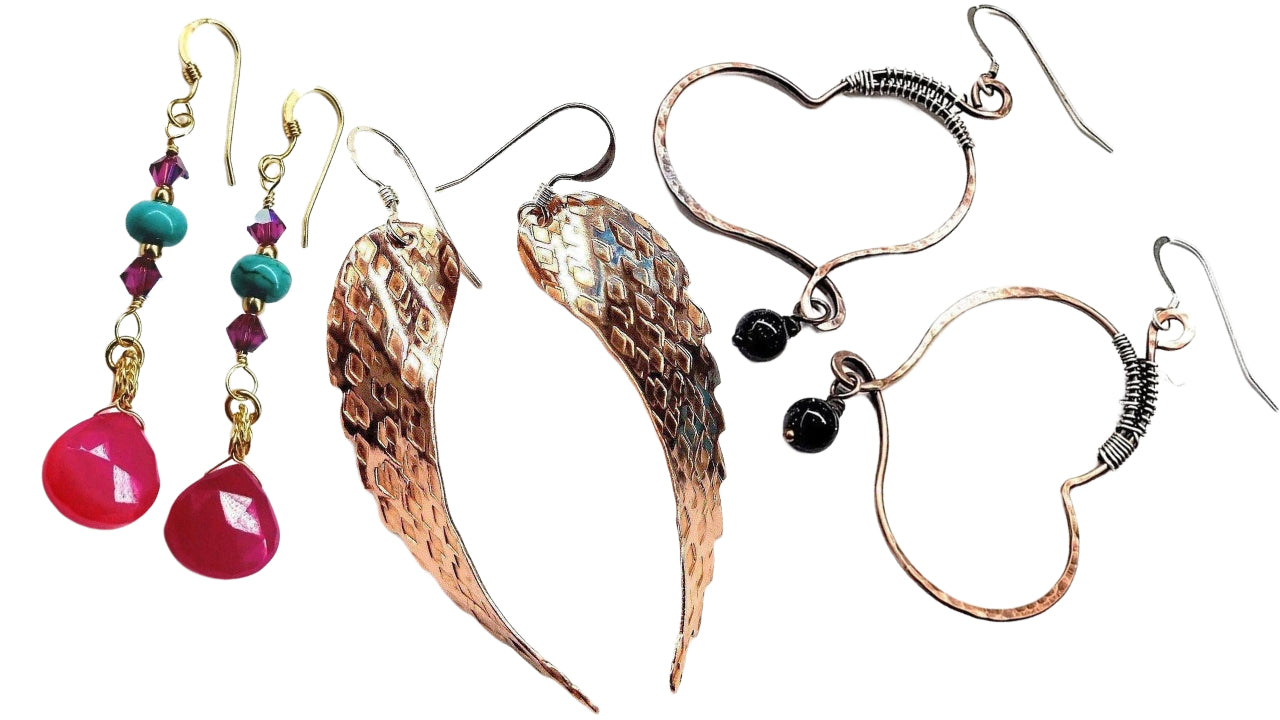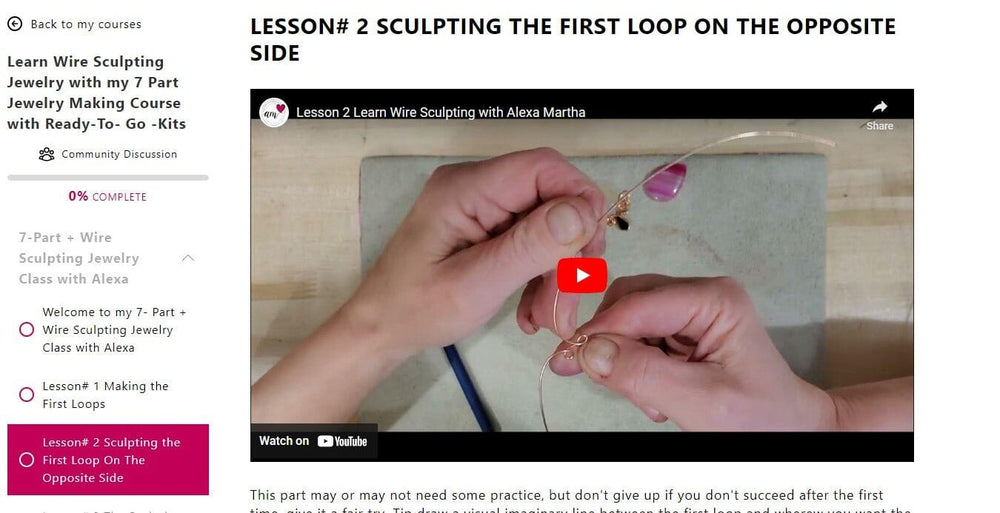What Symbols Represent Childhood Trauma? A Complete Guide
Childhood trauma leaves lasting impressions that can be difficult to express through words alone. For many survivors, symbols provide a powerful alternative language to communicate these complex experiences. These visual representations can help in processing trauma, raising awareness, and connecting with others who share similar experiences. This guide explores the various symbols associated with childhood trauma, their meanings, and how they function in the healing process.
Recognized Awareness Symbols for Childhood Trauma
The Blue Ribbon: Child Abuse Prevention
The blue ribbon has become one of the most widely recognized symbols for child abuse awareness and prevention. This symbol originated in 1989 when Bonnie Finney, a Virginia grandmother, tied a blue ribbon to her car antenna after her grandson died from abuse. The blue color was chosen to represent the bruises on abused children. Today, the blue ribbon symbolizes the commitment to prevent child abuse and protect children from harm.
Handmade Copper Ribbon Child Abuse Awareness Teardrop Bangle
The Pinwheel: Transformation and Childhood
Prevent Child Abuse America introduced the pinwheel as the national symbol for child abuse prevention in 2008. The pinwheel represents:
-
Uplifting imagery focused on prevention
-
Whimsy and childlike notions
-
The chance at a healthy, happy childhood that all children deserve
-
Movement and transformation
Unlike the blue ribbon which emerged from tragedy, the pinwheel was intentionally selected to represent a positive approach to preventing childhood trauma before it occurs.
Purple Ribbon: Domestic Violence Awareness
The purple ribbon often represents awareness of domestic violence, which is a significant source of childhood trauma. Children who witness domestic violence or experience it directly carry this trauma into adulthood. The purple ribbon acknowledges this interconnection between domestic violence and childhood trauma.
Teal Ribbon: Sexual Assault Awareness
The teal ribbon symbolizes sexual assault awareness and prevention, including childhood sexual abuse. April is Sexual Assault Awareness Month, when this symbol becomes particularly prominent. For many survivors of childhood sexual trauma, this symbol provides recognition of their experiences and promotes education about this specific form of childhood trauma.
Symbolic Imagery in Trauma Processing and Therapy
The Broken Mirror: Fragmented Self
The image of a broken or shattered mirror frequently appears in artistic expressions of childhood trauma. This powerful metaphor represents:
-
The fragmentation of identity that can occur from trauma
-
Distorted self-image and perception
-
The feeling of being "broken" that many trauma survivors experience
-
The process of piecing oneself back together in recovery
Therapists sometimes use mirror imagery in art therapy to help clients explore these feelings of fragmentation and work toward integration.
The Inner Child: Representation of Wounded Childhood
The concept of the "inner child" is both a psychological construct and a symbolic representation used in trauma therapy. Often depicted as a small child separate from the adult self, this symbol:
-
Represents the part of the psyche that experienced childhood trauma
-
Helps adults connect with and nurture the wounded aspects of themselves
-
Provides a framework for understanding traumatic responses
-
Facilitates healing through "reparenting" techniques
Many trauma survivors create visual representations of their inner child as part of their healing journey, often showing the child first in a wounded state and later being comforted by their adult self.
Infinity Wire Sculpted Heart bangle by Alexa Martha
The Tree: Growth Despite Adversity
Tree imagery frequently symbolizes trauma and recovery, particularly in art therapy contexts. Different aspects of the tree represent different elements of the trauma experience:
-
Roots: The hidden impact of childhood trauma
-
Trunk: The core strength and resilience of the survivor
-
Broken branches: Specific traumatic events or losses
-
New growth: Healing and post-traumatic growth
-
Seasons: The cyclical nature of trauma recovery
Trees that show damage yet continue to grow provide powerful symbolism for trauma survivors who are rebuilding their lives.
Butterflies: Transformation and Metamorphosis
The butterfly symbolizes profound transformation and is frequently adopted as a personal symbol by trauma survivors. Its journey from caterpillar to chrysalis to butterfly parallels the trauma recovery process:
-
The caterpillar stage represents pre-trauma existence
-
The chrysalis represents the dark, confusing time of processing trauma
-
The butterfly emergence symbolizes post-traumatic growth and freedom
Many survivors of childhood trauma incorporate butterfly imagery into tattoos, artwork, or personal tokens to represent their own transformation and healing.
Check out Alexa Martha Designs LOVE HEALS HURT Handmade Butterfly Jewelry Collection for the Abused
Symbolic Elements in Trauma-Informed Therapeutic Approaches
The Empty Chair: Addressing the Absent
In Gestalt therapy and other therapeutic approaches, the empty chair technique uses a physical chair as a symbol for:
-
The absent parent or caregiver who caused trauma
-
The wounded child self that needs to be heard
-
The missing conversations that never occurred
This symbolic technique allows trauma survivors to externalize and address aspects of their trauma that might otherwise remain internalized and unprocessed.
Safe Containers: Boundaries and Protection
The concept of a "container" appears frequently in trauma therapy, both as a metaphorical construct and sometimes as a physical object like a box, jar, or vessel. This symbol represents:
-
The need for safe boundaries around traumatic material
-
The process of containing overwhelming emotions
-
A place to symbolically store traumatic memories when they're not being processed
Therapists might ask clients to visualize placing traumatic memories in a container that can be opened when they're ready and closed when they need distance.
Bridges: Connecting Past and Present
Bridge imagery serves as a powerful symbol in trauma therapy, representing:
-
The connection between past trauma and present reactions
-
The journey from trauma to healing
-
The integration of fragmented aspects of self
-
The process of moving forward while acknowledging the past
Therapists might use bridge imagery in guided visualizations or art therapy to help clients conceptualize their healing journey.
Personal and Cultural Symbols in Trauma Expression
Tattoos: Permanent Markers of Survival
Many trauma survivors choose tattoos as personal symbols of their experiences, resilience, and healing. Common trauma-related tattoo symbols include:
-
Semicolons, representing the choice to continue one's story rather than end it
-
Phoenix imagery, symbolizing rebirth from the ashes of trauma
-
Words like "survivor," "warrior," or meaningful quotes
-
Symbols that reclaim parts of the body affected by trauma
These permanent symbols often serve as both personal reminders of strength and public statements about survival.
Kintsugi: The Beauty of Repair
Derived from Japanese art, kintsugi is the practice of repairing broken pottery with gold, silver, or platinum, highlighting rather than hiding the damage. As a symbol for trauma recovery, kintsugi represents:
-
The idea that healing doesn't erase trauma but creates something beautiful from it
-
The integration of traumatic experiences into one's life narrative
-
The value and beauty that can emerge through the healing process
This aesthetic philosophy has become increasingly popular as a metaphor for healing from childhood trauma.
Colors as Trauma Symbols
Specific colors often hold symbolic meaning in trauma contexts:
-
Black: The darkness and heaviness of trauma
-
Red: Anger, blood, and intense emotions associated with trauma
-
Blue: Sadness, dissociation, and emotional withdrawal
-
Gray: Numbness and the "fog" of trauma responses
-
Green: Growth, healing, and renewal after trauma
In art therapy, the colors that trauma survivors choose often reveal aspects of their emotional state and trauma processing.
Virtual and Online Trauma Symbols
Social Media Symbols and Hashtags
In the digital age, certain hashtags and symbols have emerged to represent childhood trauma and create online communities:
-
#BreakTheSilence: Used to encourage speaking about childhood trauma
-
#ACEs: Referencing Adverse Childhood Experiences study and framework
-
#TraumaSurvivor: Creating community among those with similar experiences
-
#InnerChildHealing: Focusing on recovery approaches
These digital symbols help survivors find resources, community, and validation.
Teal Dot and Purple Dot Emojis
Some online communities use colored dot emojis as subtle indicators of shared trauma experiences:
-
🟣 (Purple dot): Sometimes used to indicate experience with domestic violence
-
🟢 (Green dot): Used in some communities to signal openness to discussing trauma
-
🔵 (Blue dot): Occasionally used for child abuse awareness
These digital symbols allow for recognition among survivors without explicit disclosure.
Creating Personal Symbols in Trauma Recovery
The Therapeutic Value of Personal Symbolism
Many therapists encourage trauma survivors to develop their own personal symbols as part of the healing process. These individualized symbols:
-
Provide a shorthand for complex trauma responses
-
Create emotional distance that allows for processing
-
Serve as anchors during triggering situations
-
Mark progress and transformation in the healing journey
The process of creating and evolving personal symbols often parallels the stages of trauma recovery itself.
Examples of Personal Trauma Symbols
While the specific meaning varies by individual, some common personal symbols include:
-
Shields or armor: Representing personal boundaries and protection
-
Light sources: Symbolizing hope, truth, and illumination of hidden trauma
-
Specific animals: Chosen for qualities the survivor connects with
-
Weather phenomena: Storms representing trauma, clearing skies representing healing
-
Keys: Symbolizing unlocking trauma memories or unlocking new possibilities
The most powerful personal symbols are those that resonate deeply with the individual's specific trauma and recovery experiences.
Symbols in Childhood Trauma Prevention Education
Child-Friendly Safety Symbols
Prevention programs often use child-accessible symbols to teach safety concepts:
-
Traffic light system: Green for safe touch, yellow for confusing touch, red for unsafe touch
-
Body outline drawings: Used to help children identify and communicate about inappropriate contact
-
Safety hand: Where each finger represents a trusted person to tell if something harmful happens
These educational symbols help children conceptualize and communicate about potential trauma.
Professional Symbols in Trauma-Informed Care
Organizations and professionals working with trauma survivors often use specific symbols to indicate trauma-informed practices:
-
Intertwined hands: Representing support and community healing approaches
-
Heart-mind connections: Symbolizing the integration needed in trauma recovery
-
Spiral imagery: Representing the non-linear nature of trauma healing
These symbols help identify resources specifically designed with trauma survivors' needs in mind.
The Role of Symbols in Trauma Recovery
How Symbols Facilitate Healing
Symbolic representation offers several therapeutic benefits in trauma recovery:
-
Externalization: Symbols provide distance between the survivor and the traumatic material
-
Integration: Symbols help connect fragmented aspects of traumatic experiences
-
Communication: Symbols offer language when words feel inadequate
-
Containment: Symbols provide boundaries around overwhelming experiences
-
Transformation: Symbols chart and facilitate the journey from victim to survivor
These functions make symbolism a core component of many trauma treatment modalities.
The Evolution of Personal Trauma Symbols Over Time
As recovery progresses, many survivors find that their relationship with trauma symbols evolves:
-
Symbols that initially represented pain may transform to represent strength
-
The need for certain symbols may diminish as healing occurs
-
New symbols emerge to represent post-traumatic growth and identity beyond trauma
-
The emotional charge of certain symbols may neutralize
This evolution of symbolic meaning often mirrors the changing relationship with the trauma itself.
Conclusion: The Power and Limitations of Trauma Symbols
Symbols provide powerful tools for expressing, processing, and healing from childhood trauma. Whether universally recognized awareness symbols like the blue ribbon or deeply personal symbolic representations, these visual languages help bridge the gap between traumatic experience and conscious processing.
However, it's important to recognize that no single symbol can fully capture the complexity of childhood trauma or its impacts. The most effective approach to trauma symbolism acknowledges both shared symbolic understandings and the unique, personal meanings that individuals ascribe to their own experiences.
For those working to heal from childhood trauma, exploring symbolic representation—whether through art, metaphor, or personal tokens—can provide valuable avenues for expression and integration when words alone feel insufficient for the journey. Alexa Martha of Alexa Martha Designs is a Childhood and Adult Trauma Survivor and has developed and designed and whole handmade jewelry line to lift up the abused and to bring attention and help to it. She donates 20% of the LOVE HEALS HURT Collection to the Carl Perkins Center in Madison ,TN














Leave a comment